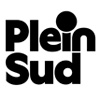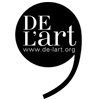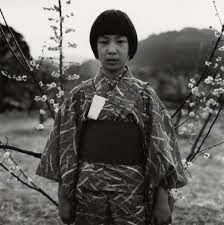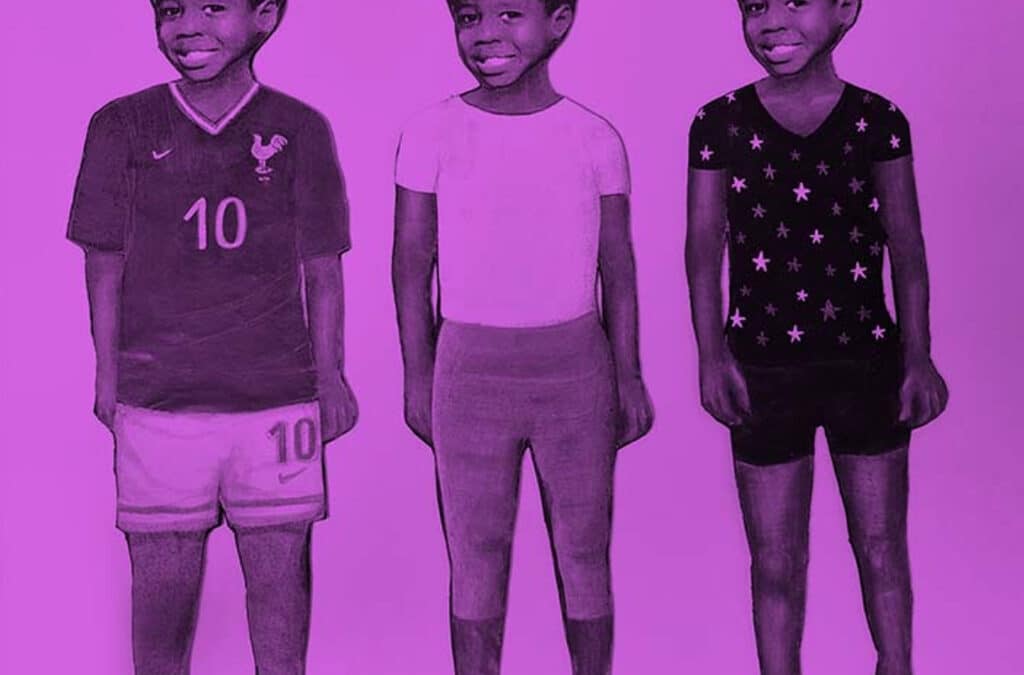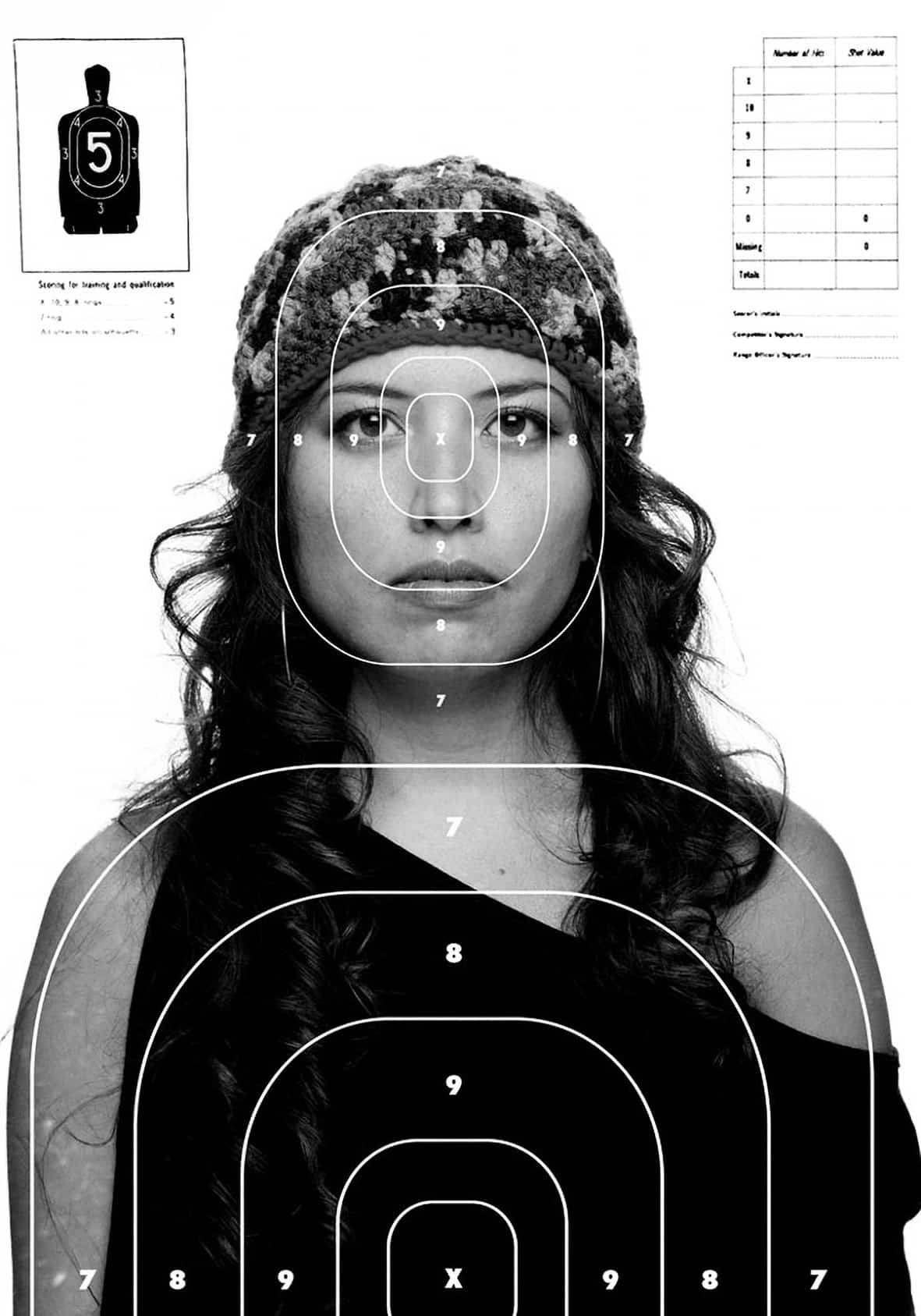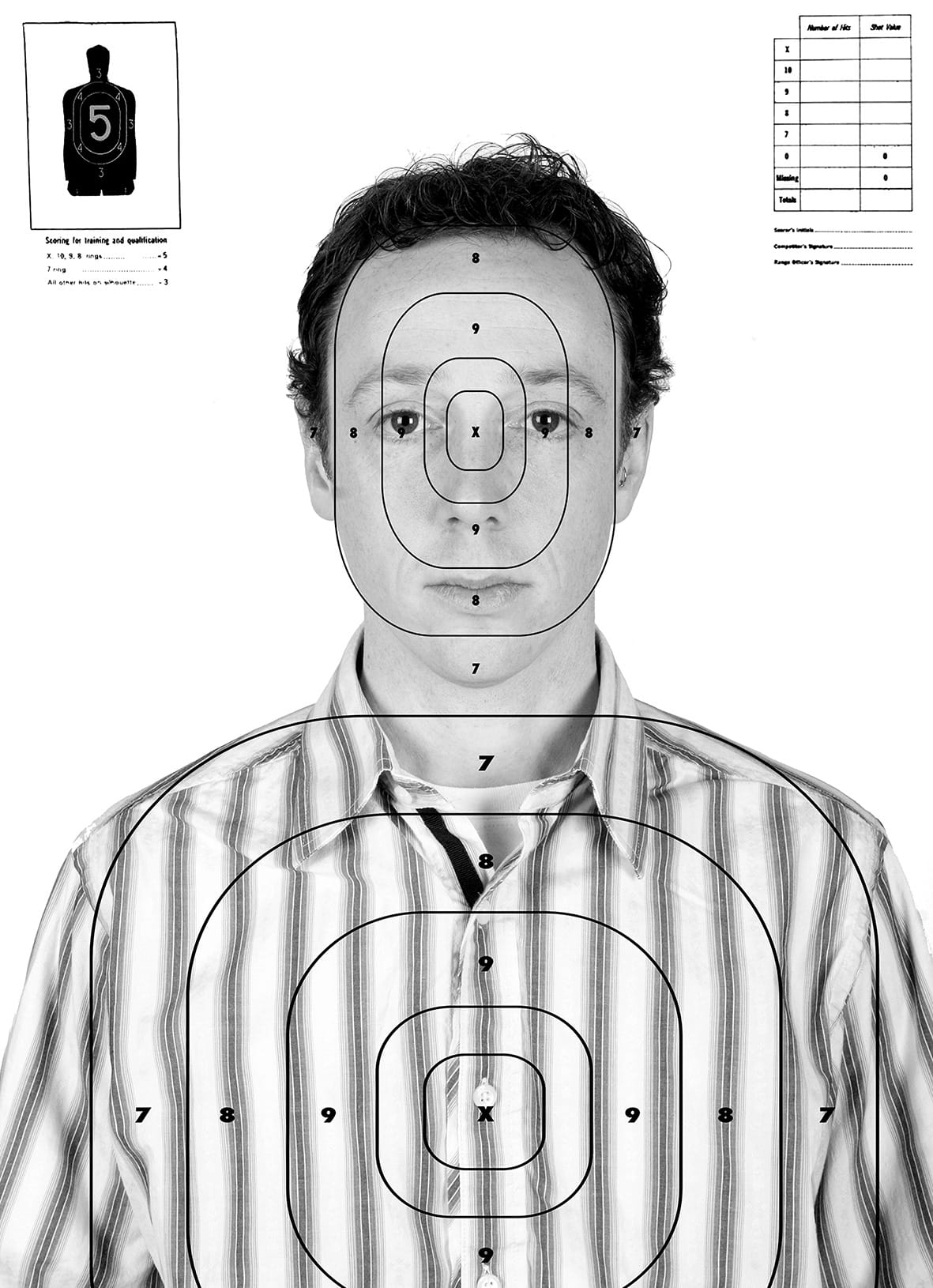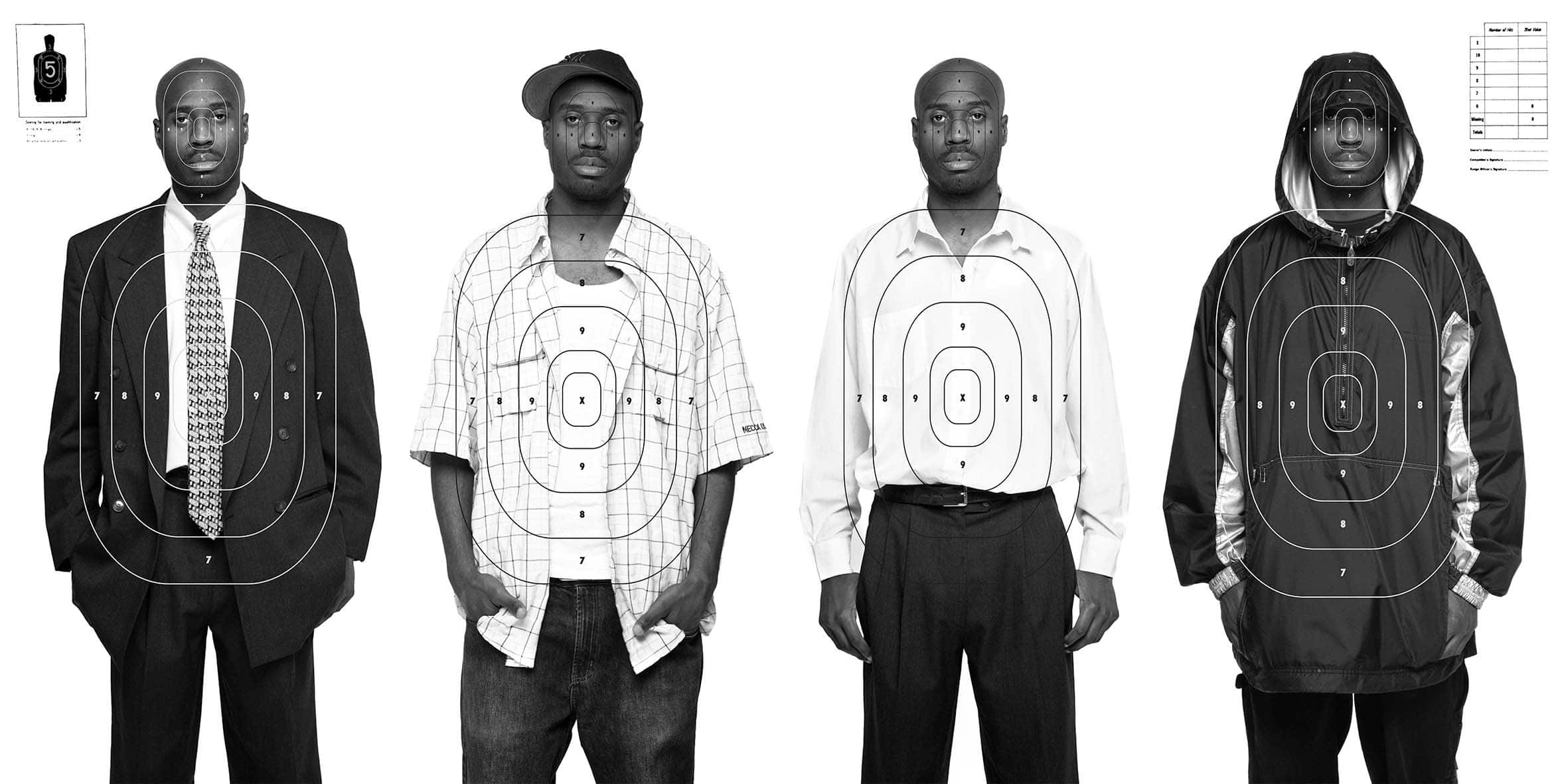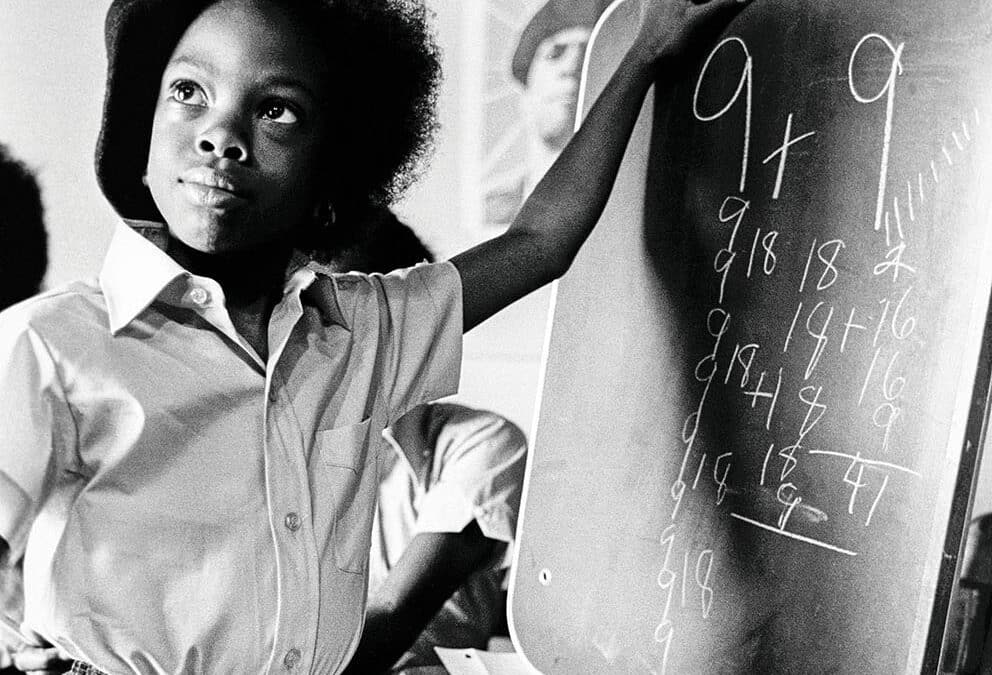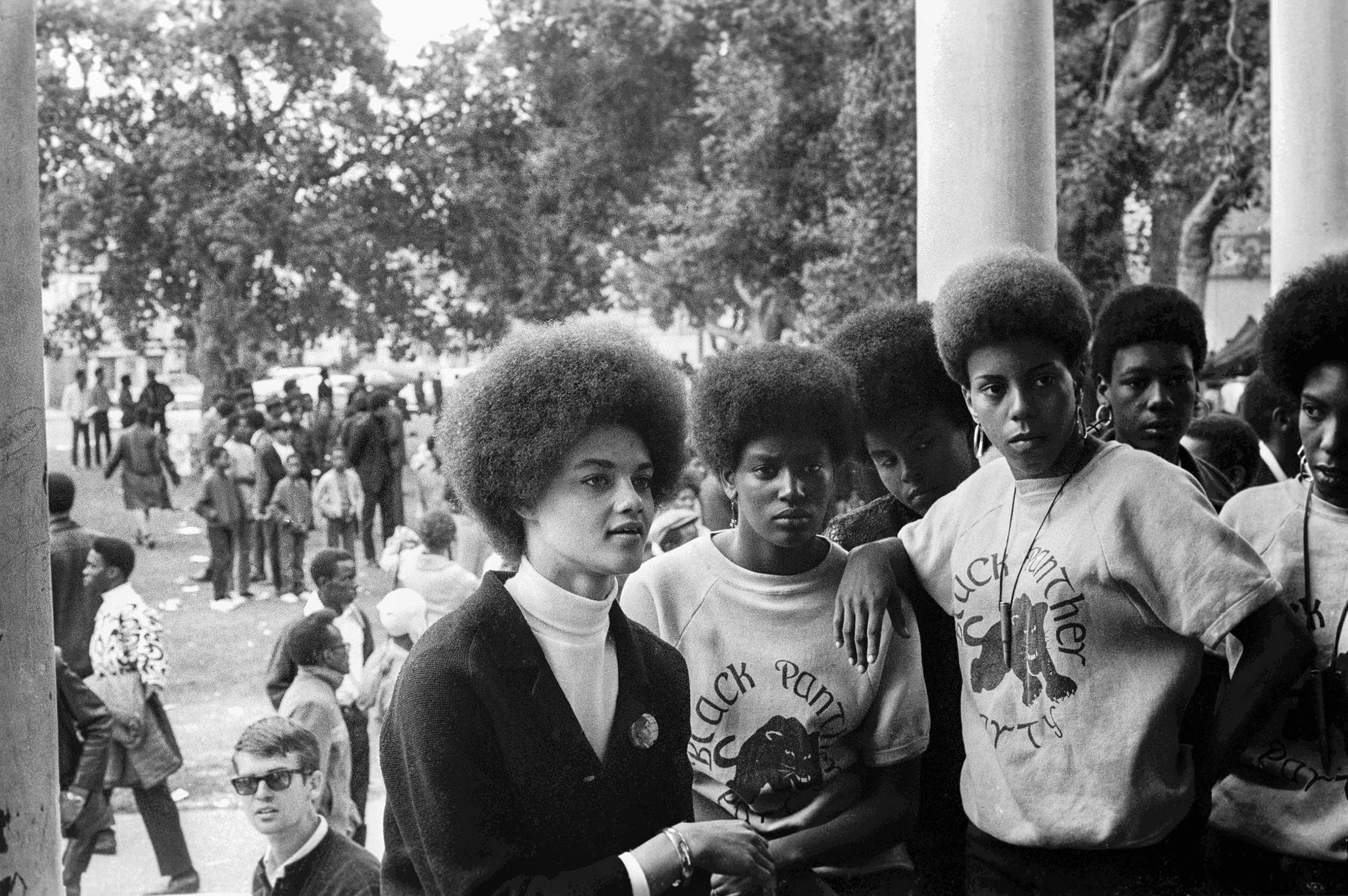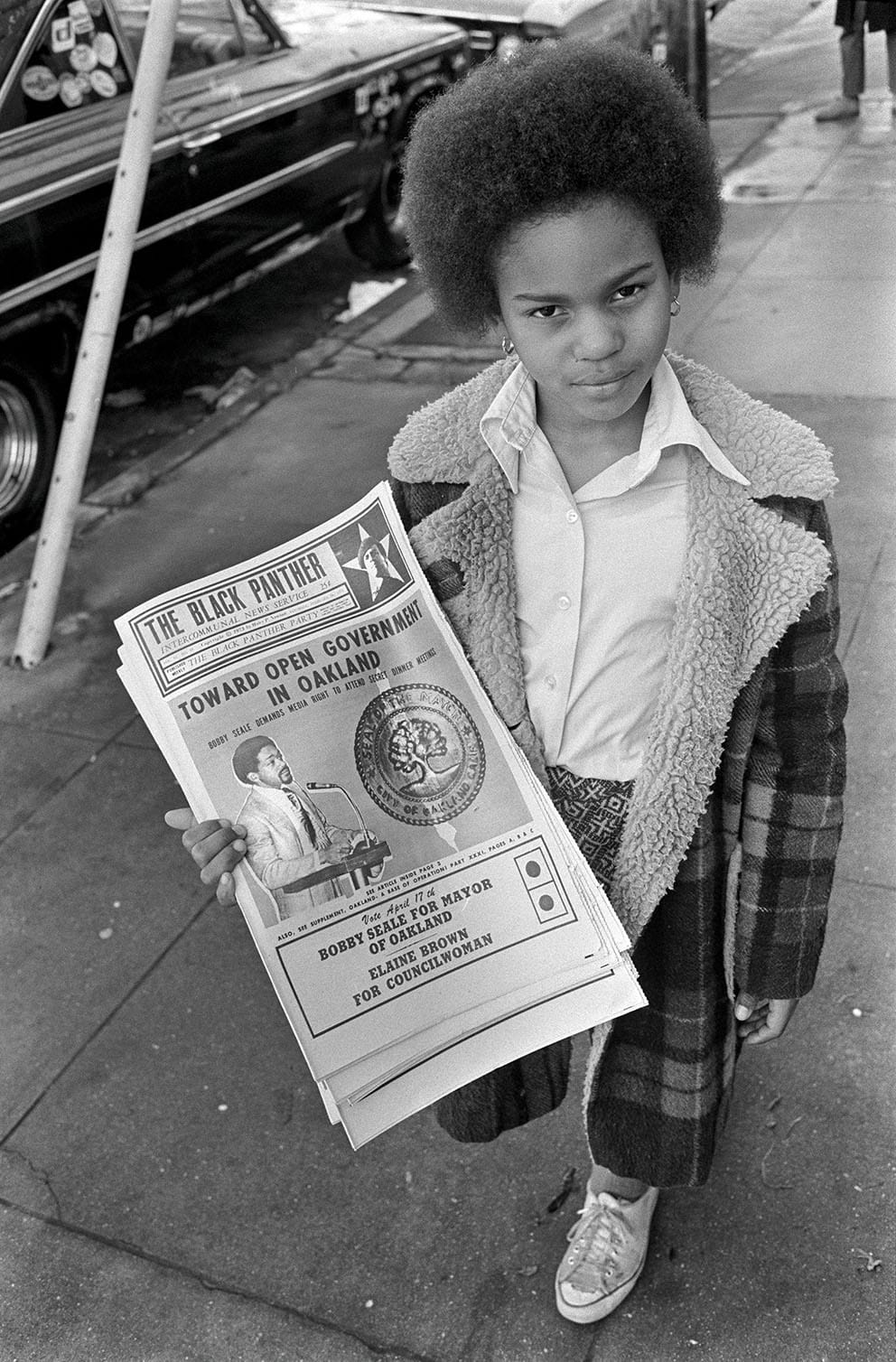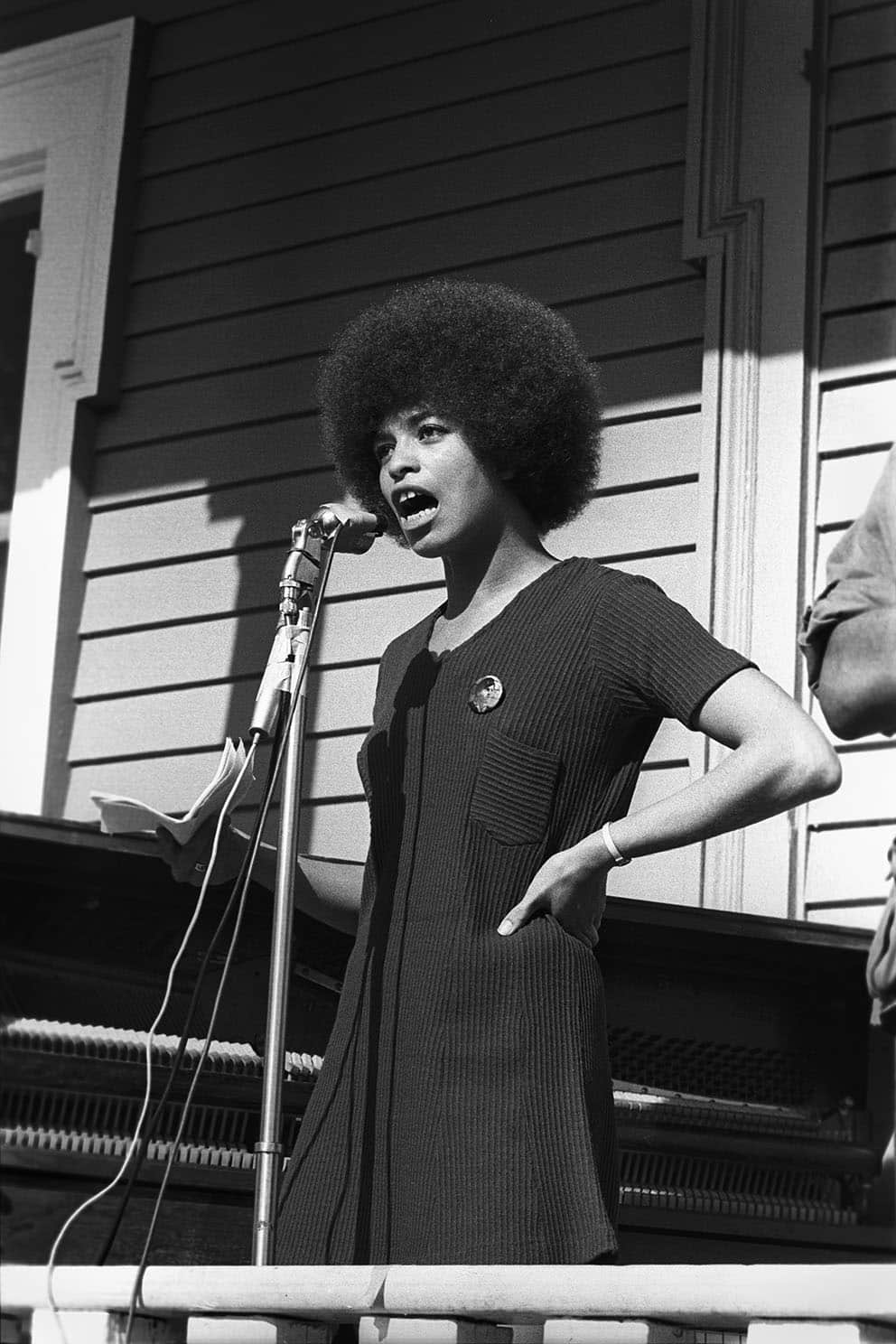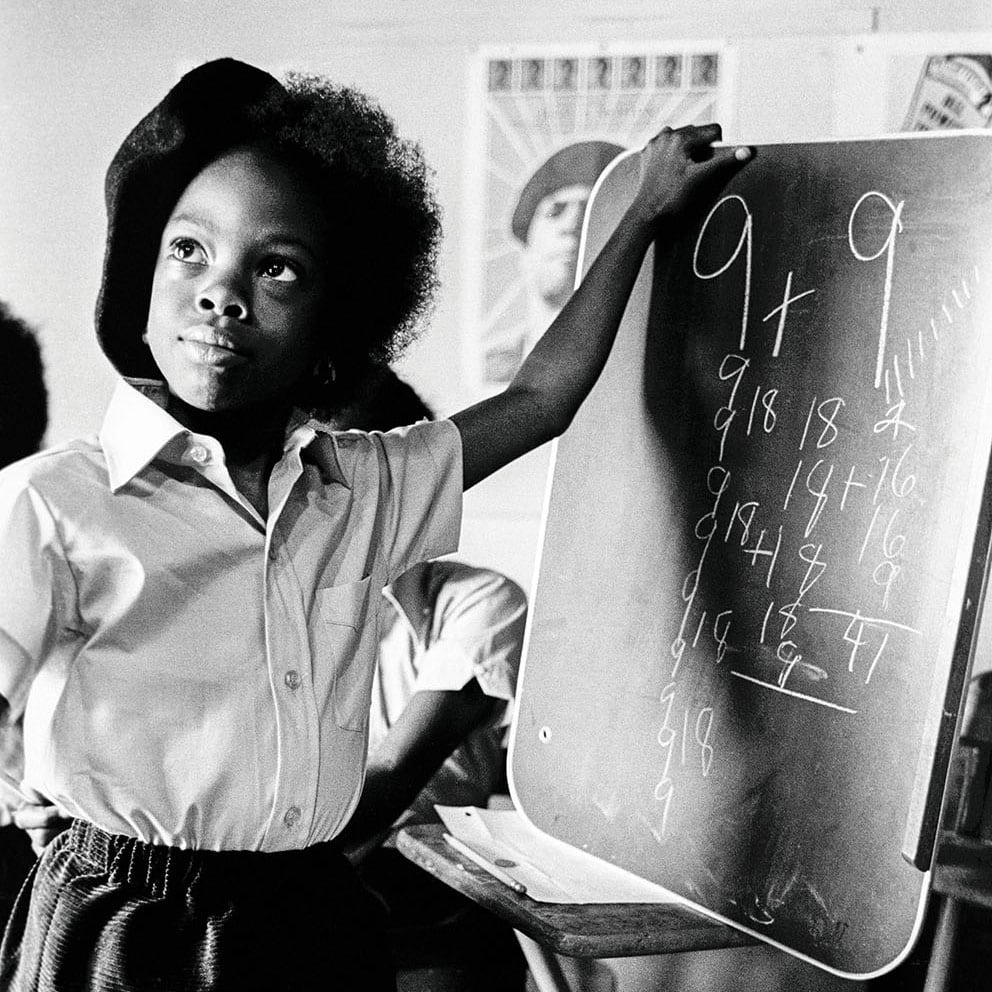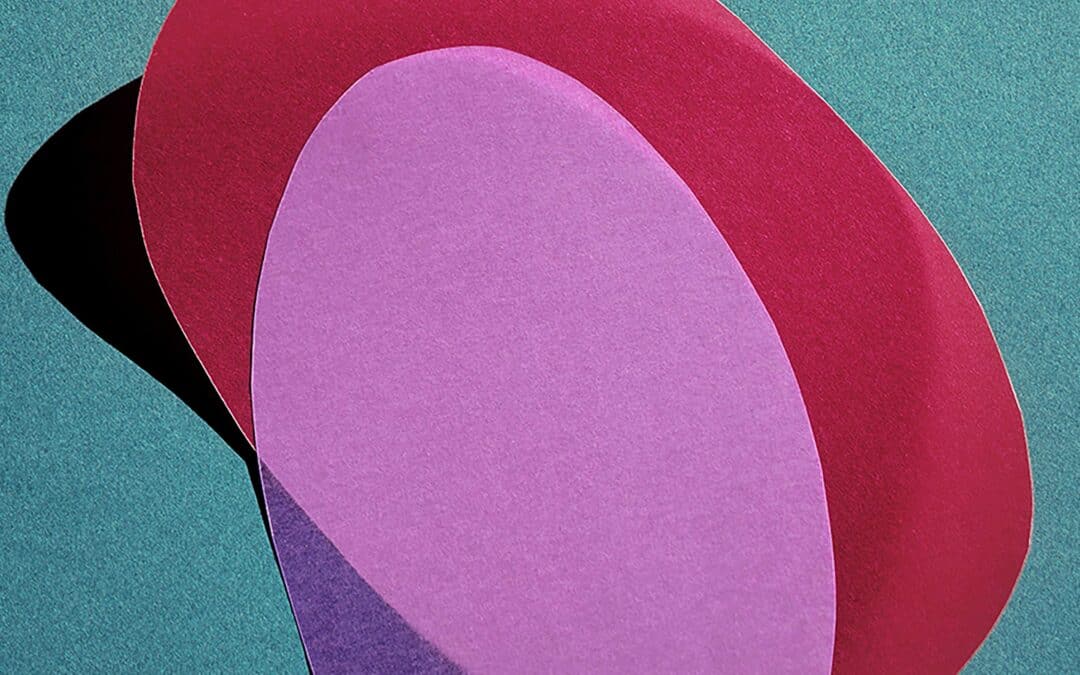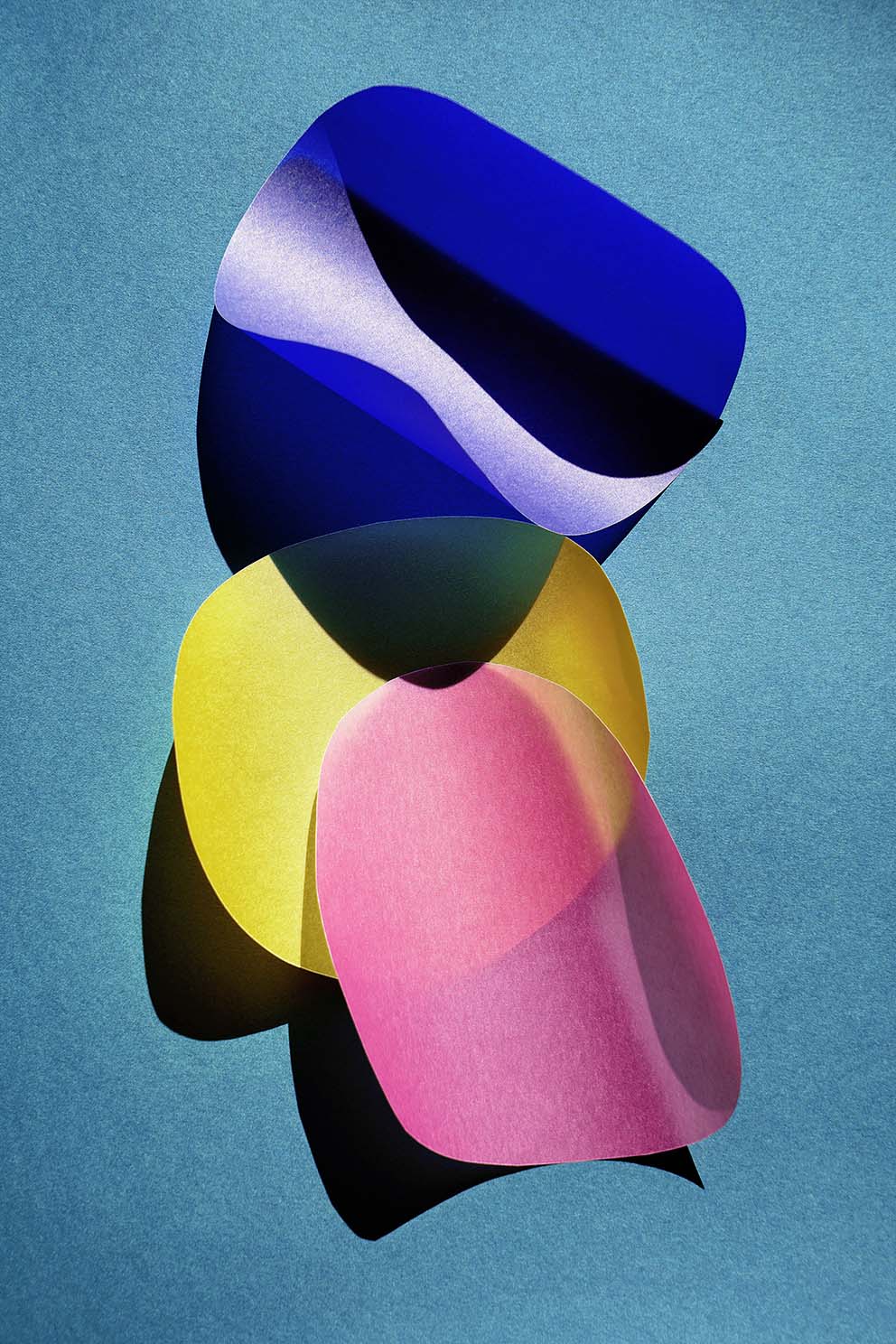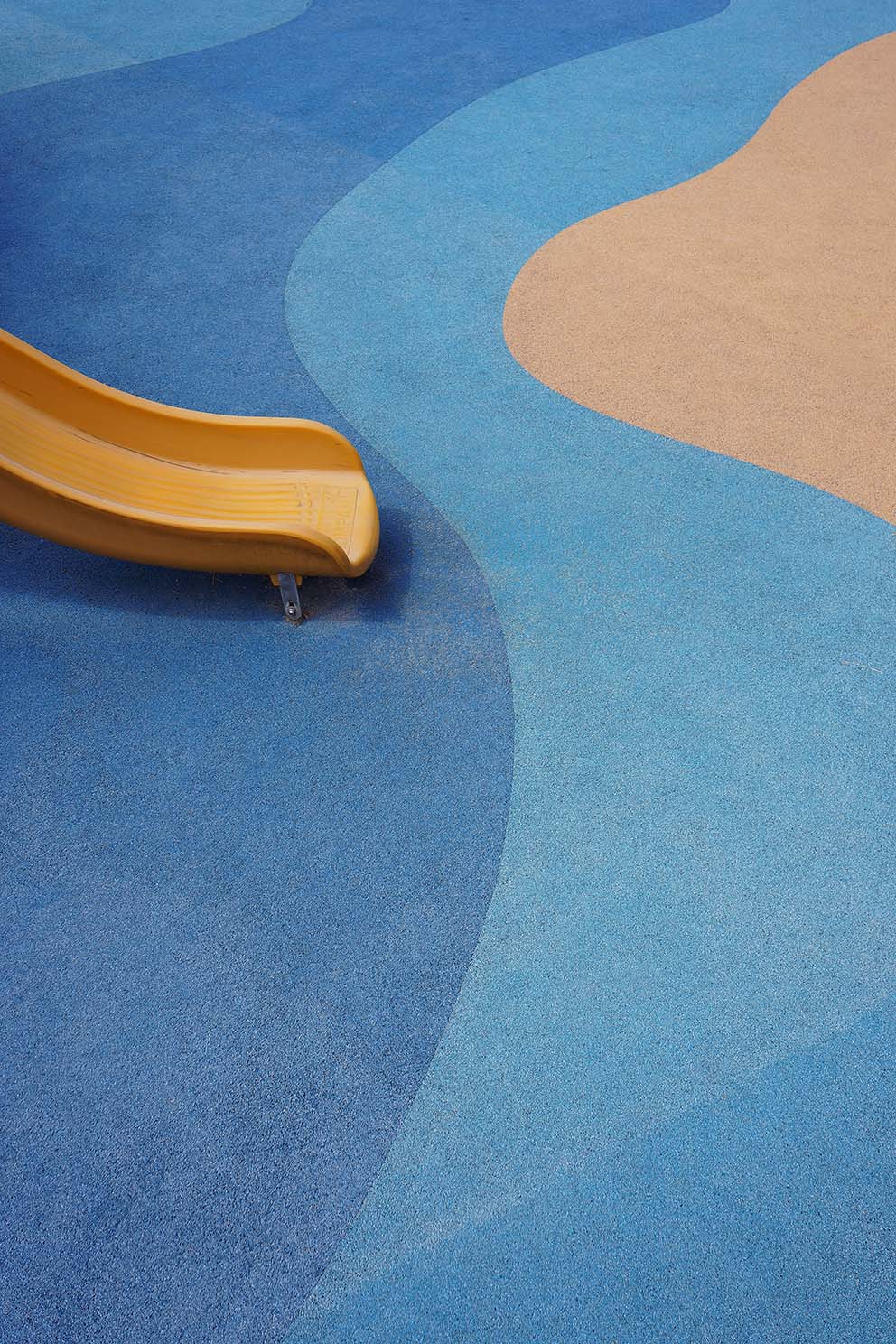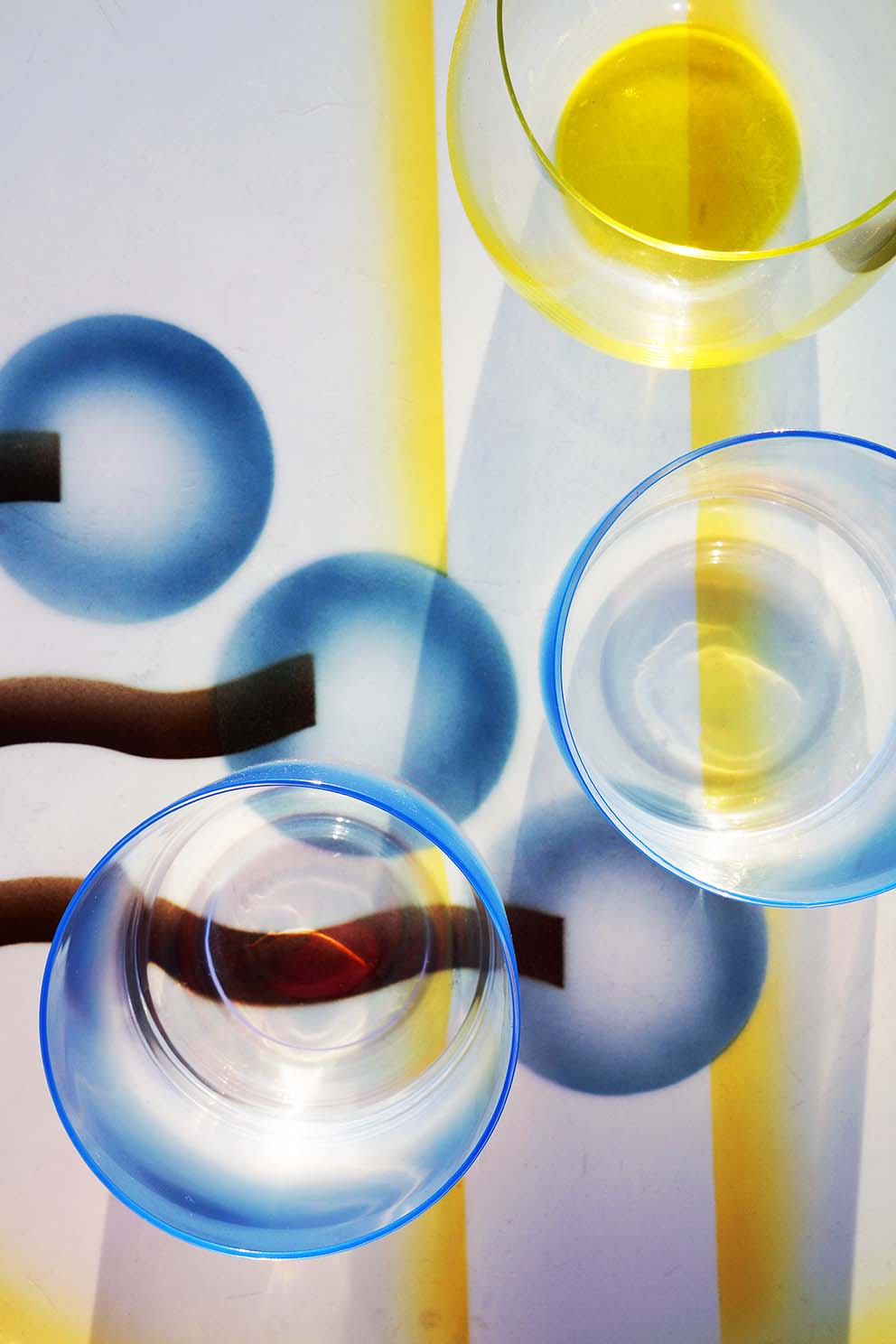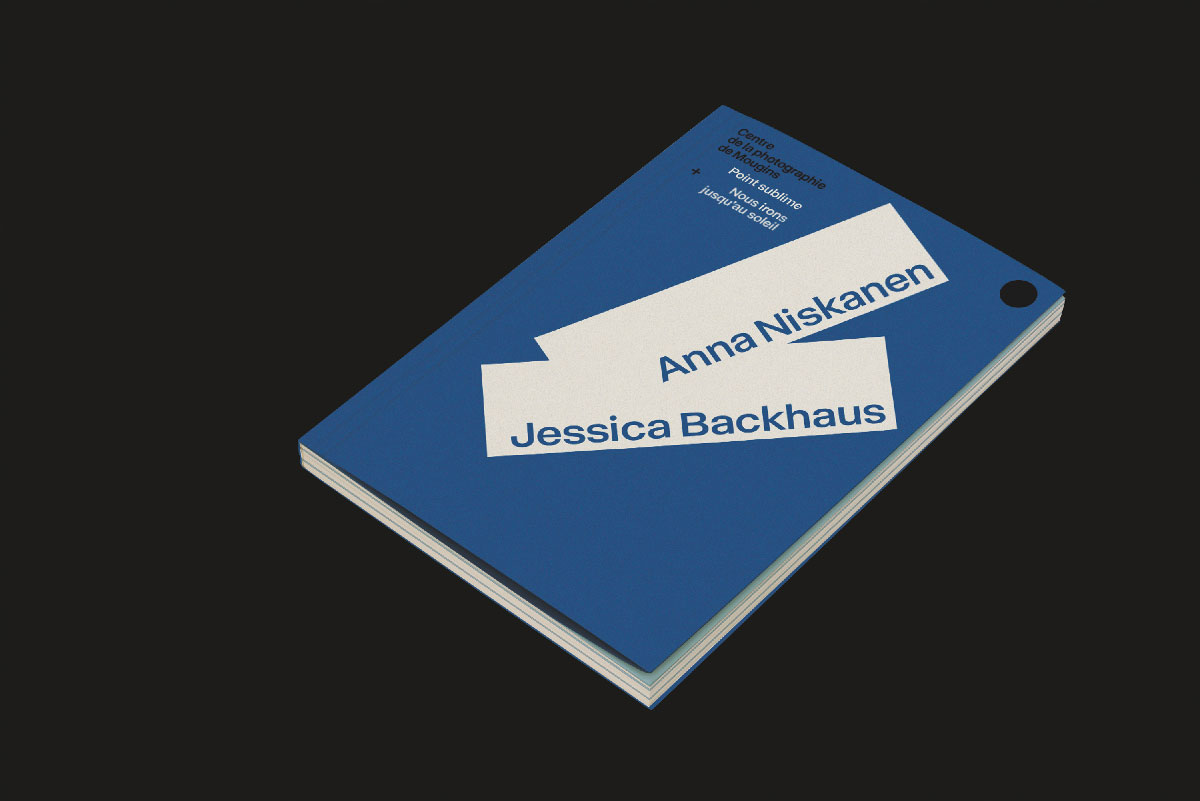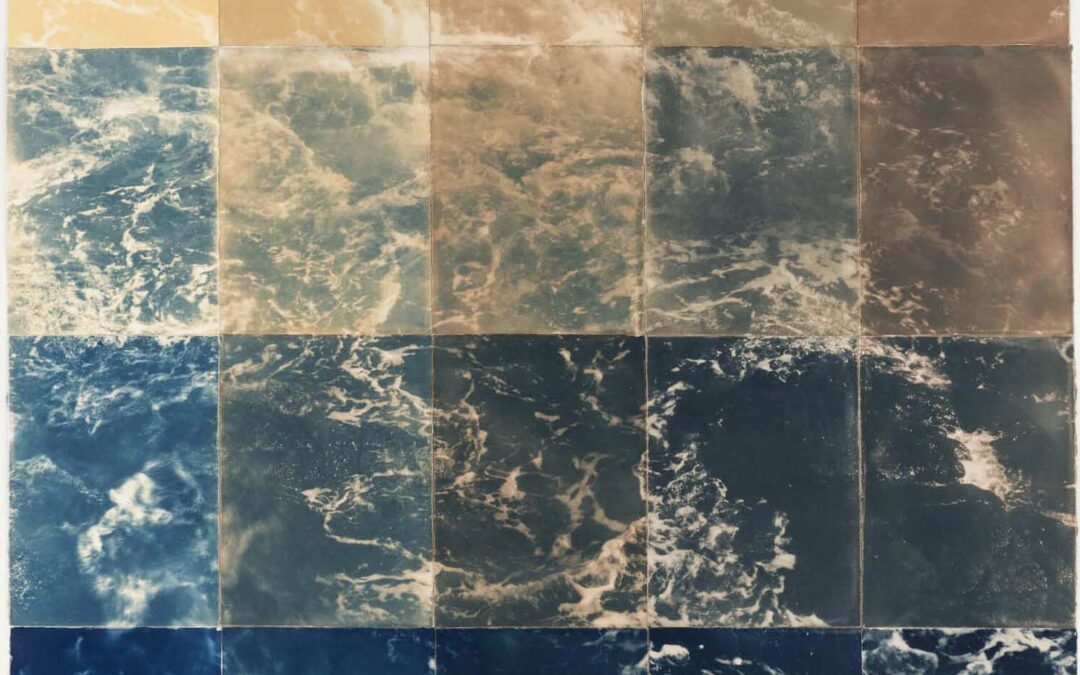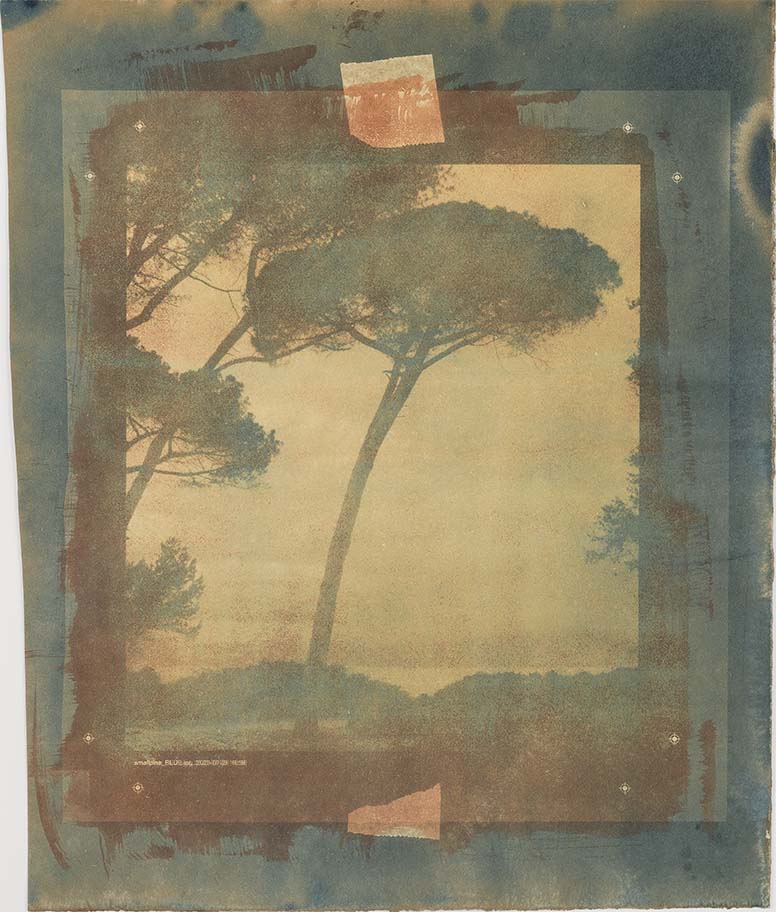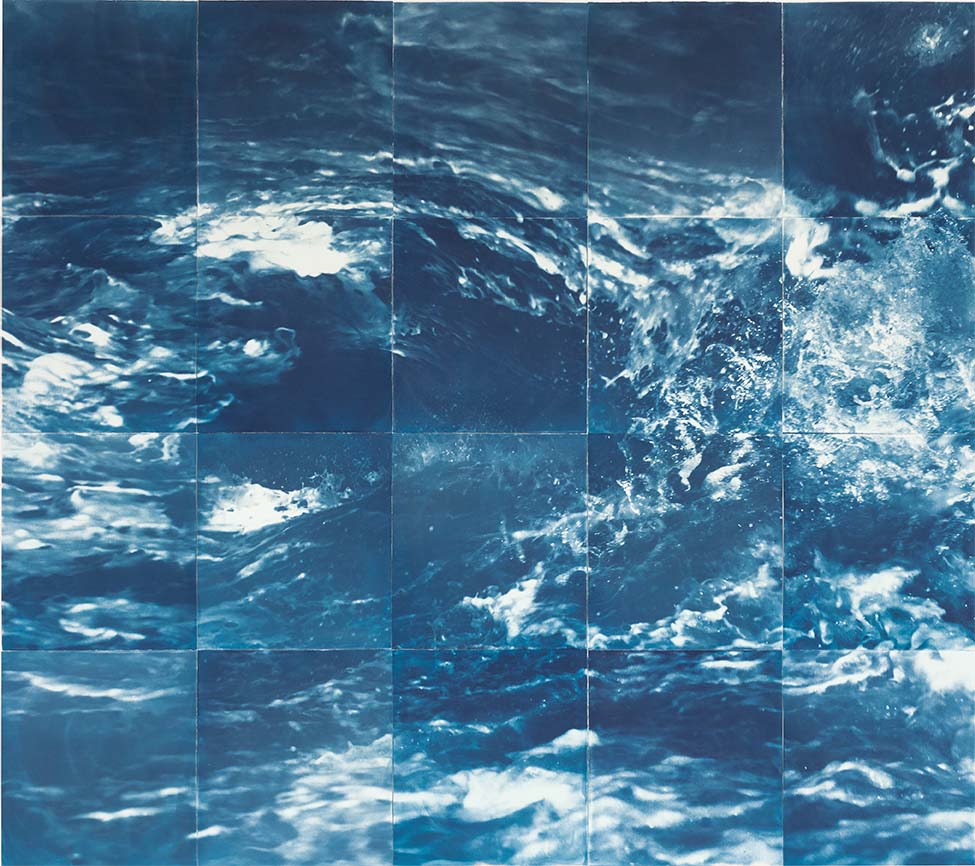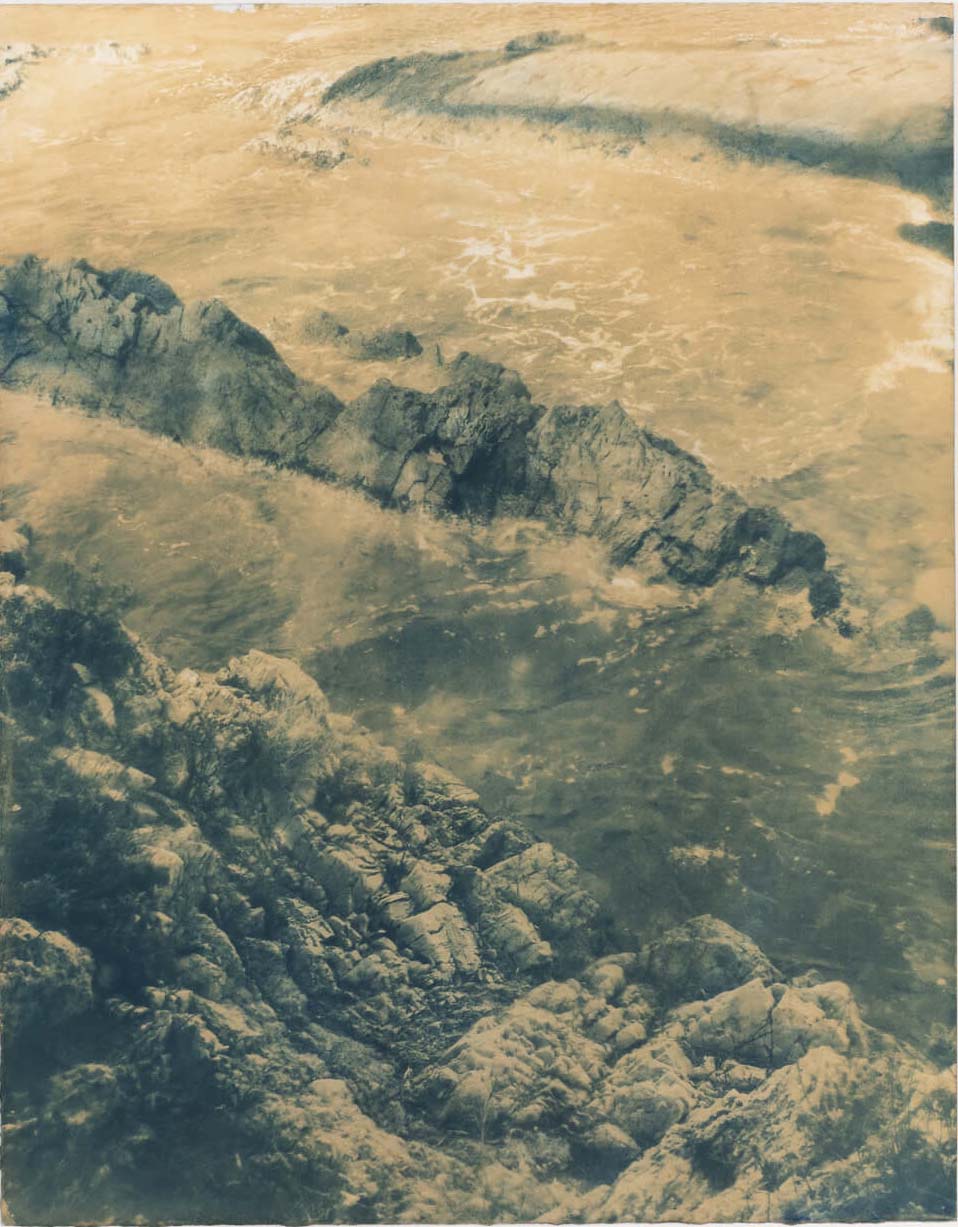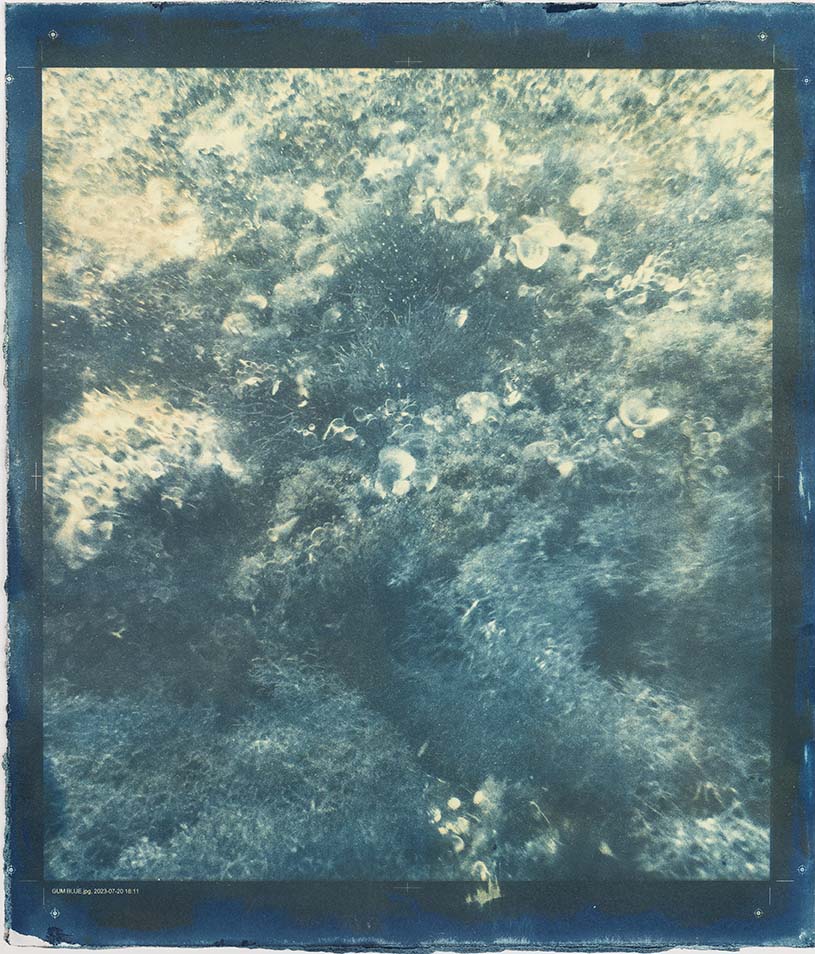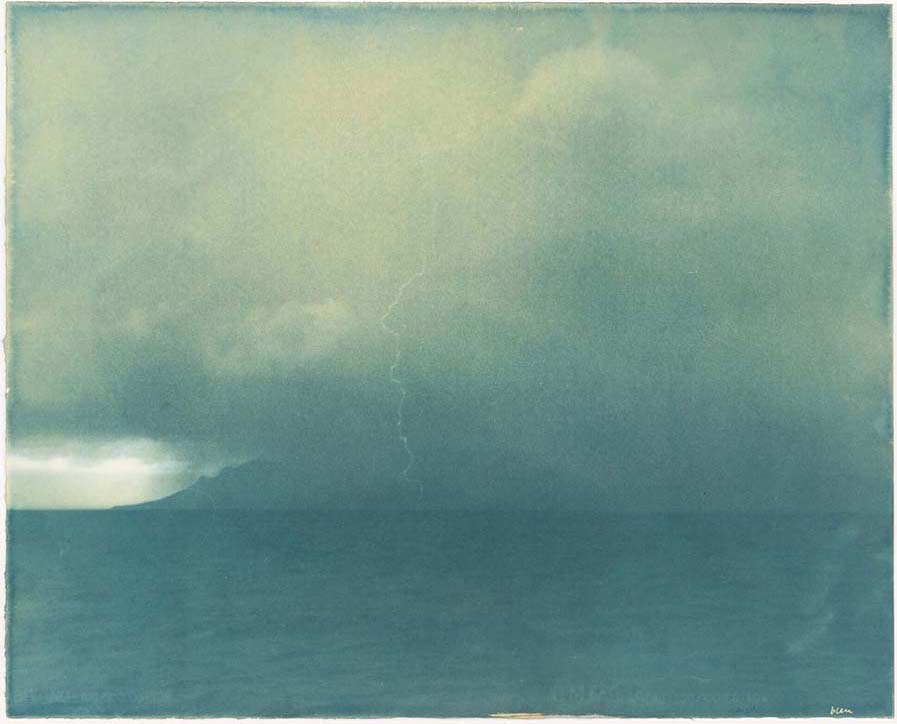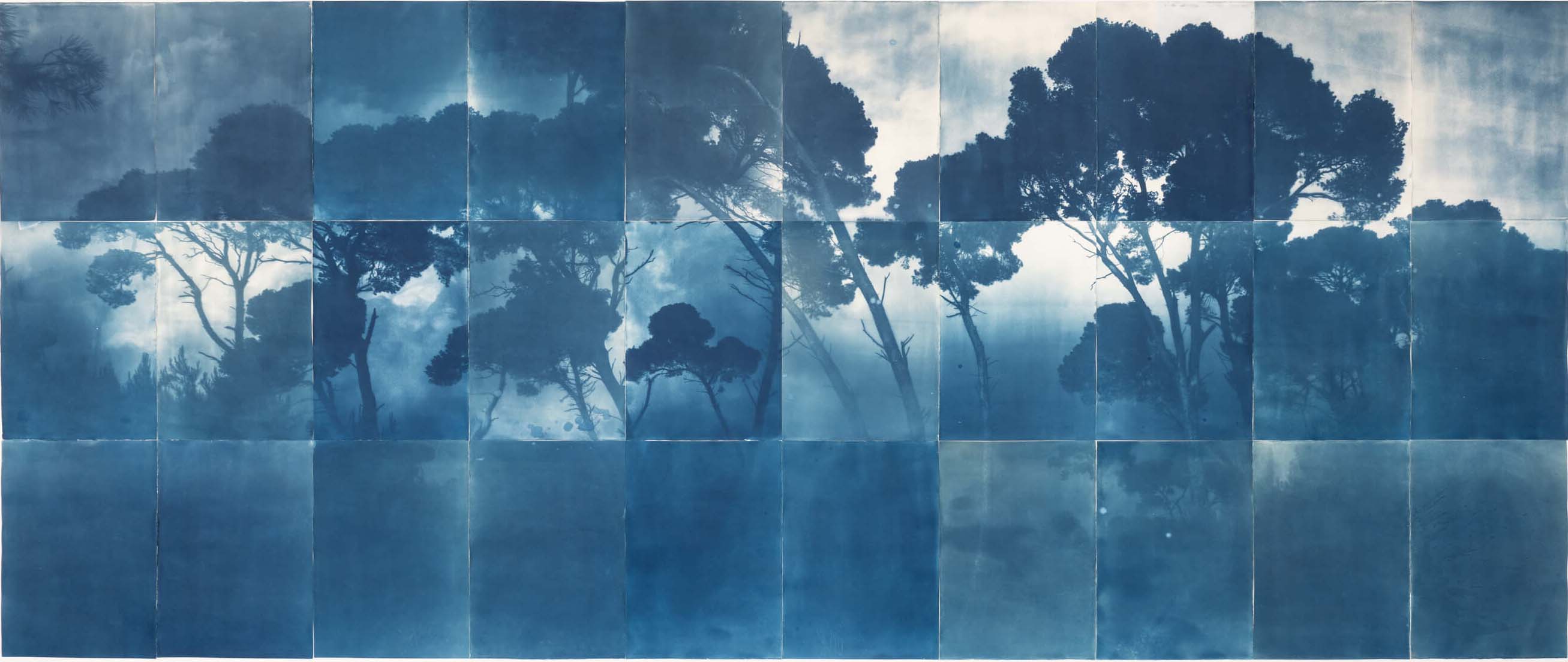Opening: 7.03 – 18:30
Curators: Jérôme Sother, François Cheval and Yasmine Chemali
The street scenes of Fushikaden, the most iconic work of the Japanese photographer Issei Suda, are steeped in the harsh, inimical light of summer. The photographs were taken in Tokyo, where he lives, and also, or especially, in the farther regions of Tōhoku, Hokuriku, and Kantō, where throughout the 1970s he frequented the matsuri, traditional local festivals, half-religious and half-profane. Japan was nursing its wounds from World War II and the American occupation, and the country was experiencing
staggering growth on its way to becoming the world’s second leading economic power within a few years. Change was on the march, and time was short to capture the daily life of a country grappling with a major identity crisis, caught between anchored tradition and the hysteria of modernity.
Issei Suda began his career as a photographer for Shūji Terayama’s experimental theater troupe Tenjō Sajiki in 1967, before starting to work as an independent photographer in 1971.
While he borrowed the title Fushikaden from a treatise on traditional Noh theater, Suda was born in 1940 and raised on Hollywood screenwriting and the films of Orson Welles.
During the 1970s, nationally distributed photography magazines expanded their readership, whetted the appetite for novelty, and surged into the frenzy of images. Amateurs and professionals vied with each other for contest prizes and awards. Far more than in institutions – museum and galleries were nonexistent or hardly established – it was here in the magazines that the history of Japanese photography was written and theorized in real time. Before becoming a book, Fushikaden was published as a rensai, a series of eight portfolios in issues of Camera Mainichi spanning from December 1975 to December 1977. Suda’s success was immediate, and the publisher Asahi Sonorama brought out the book Fushikaden in 1978, with a selection of 100 photographs in place of the 138 originally chosen by Suda. It was only in 2012 that Akio Nagasawa published the entire series, offering an uncut Fushikaden thirty-four years after it was initially published.
‘Issei Suda: Fushikaden’ represents the third chapter of a Japanese trilogy initiated at the Mougins Center of Photography with the inaugural exhibition ‘Isabel Muñoz: 1001’ (2021), followed by ‘Yuki Onodera: Darkside of the Moon’ (2022).
The exhibition is organized in partnership with the Centre d’art GwinZegal, Guingamp and Akio Nagasawa Gallery, Tokyo.
Biography
Born in 1940 in Tokyo, Issei Suda graduated from the Tokyo College of Photography in 1962. In 1967, he became the official photographer for Shuji Terayama’s experimental theater troupe, Tenjo Sajiki, before embarking on a freelance photography career in 1971. In 1976, Suda rose to prominence after receiving the Newcomer’s Award from the Photographic Society of Japan for Fushikaden. He went on to win the society’s Annual Award in 1982 for his exhibition of the Monogusa Shui series, followed in 1985 by the First Prize at the Higashikawa National Photography Awards for Nichijo no danpen – Fragment of Everyday Life. In 1997, his book Human Memory garnered several accolades, including the Domon Ken Award. In 2013, his retrospective exhibition Nagi no hira – Fragments of Calm was held at the Tokyo Metropolitan Museum of Photography. Issei Suda passed away on March 7, 2019, in Chiba.
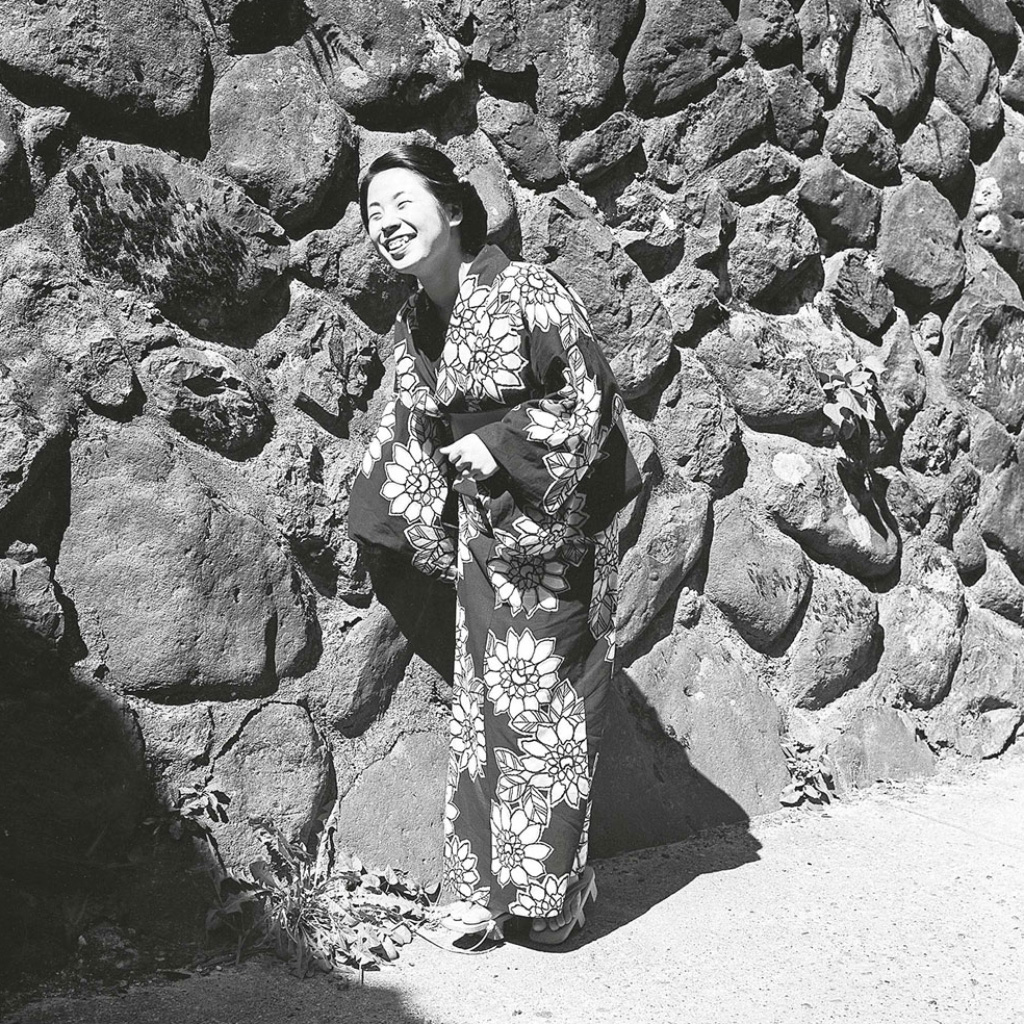
© SUDA ISSEI Works
Johana Toyama, 1977, Gelatin-silver print on baryta paper
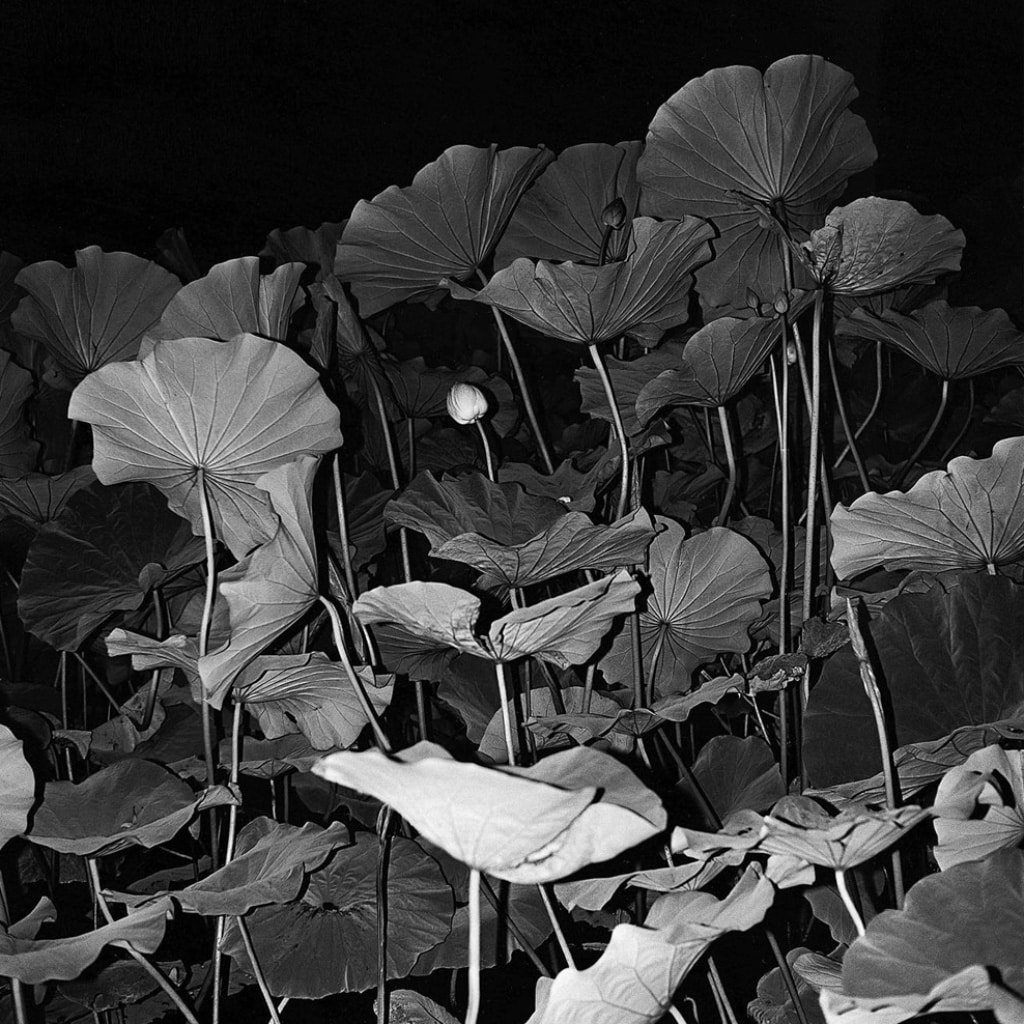
© SUDA ISSEI Works
Ueno Tokyo, 1975, Gelatin-silver print on baryta paper
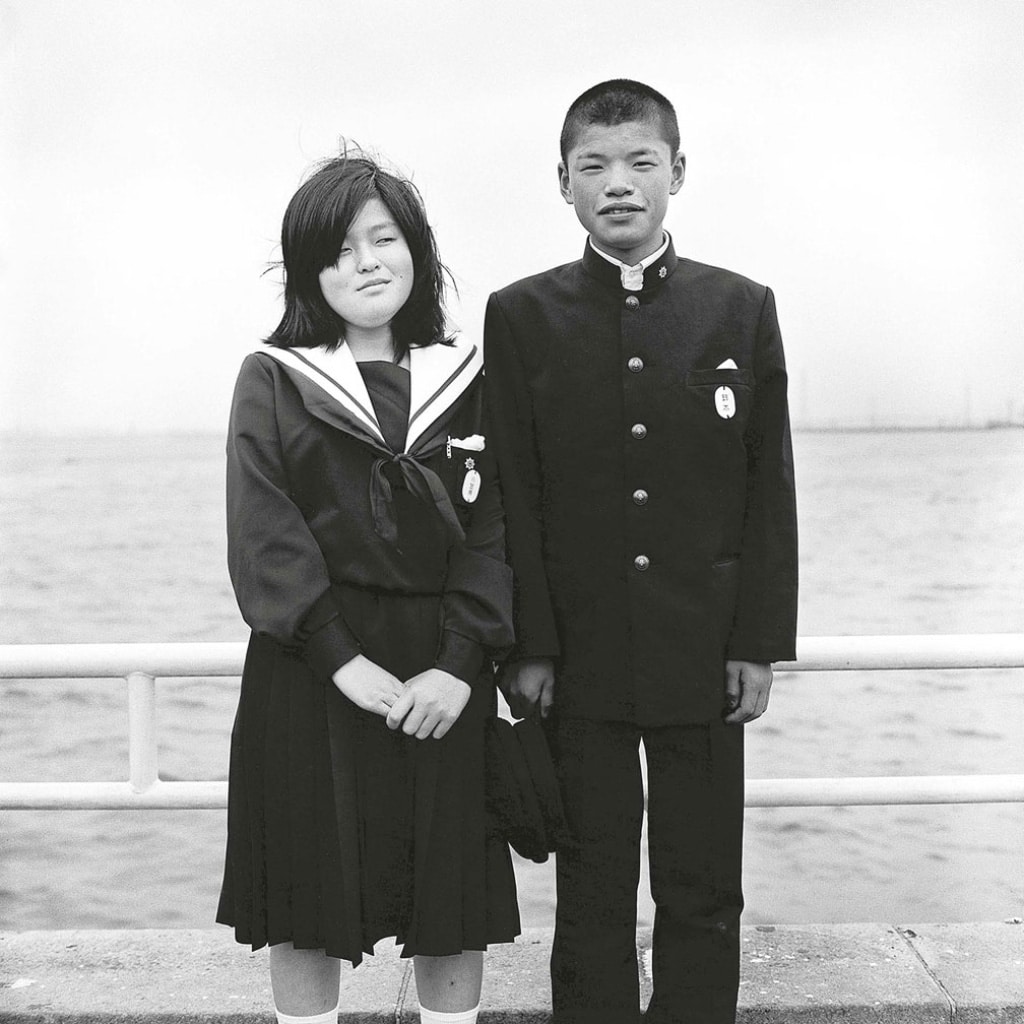
© SUDA ISSEI Works
Minato-matsuri
Yamashita Park, Yokohama Kanagawa, 1976, Gelatin-silver print on baryta paper
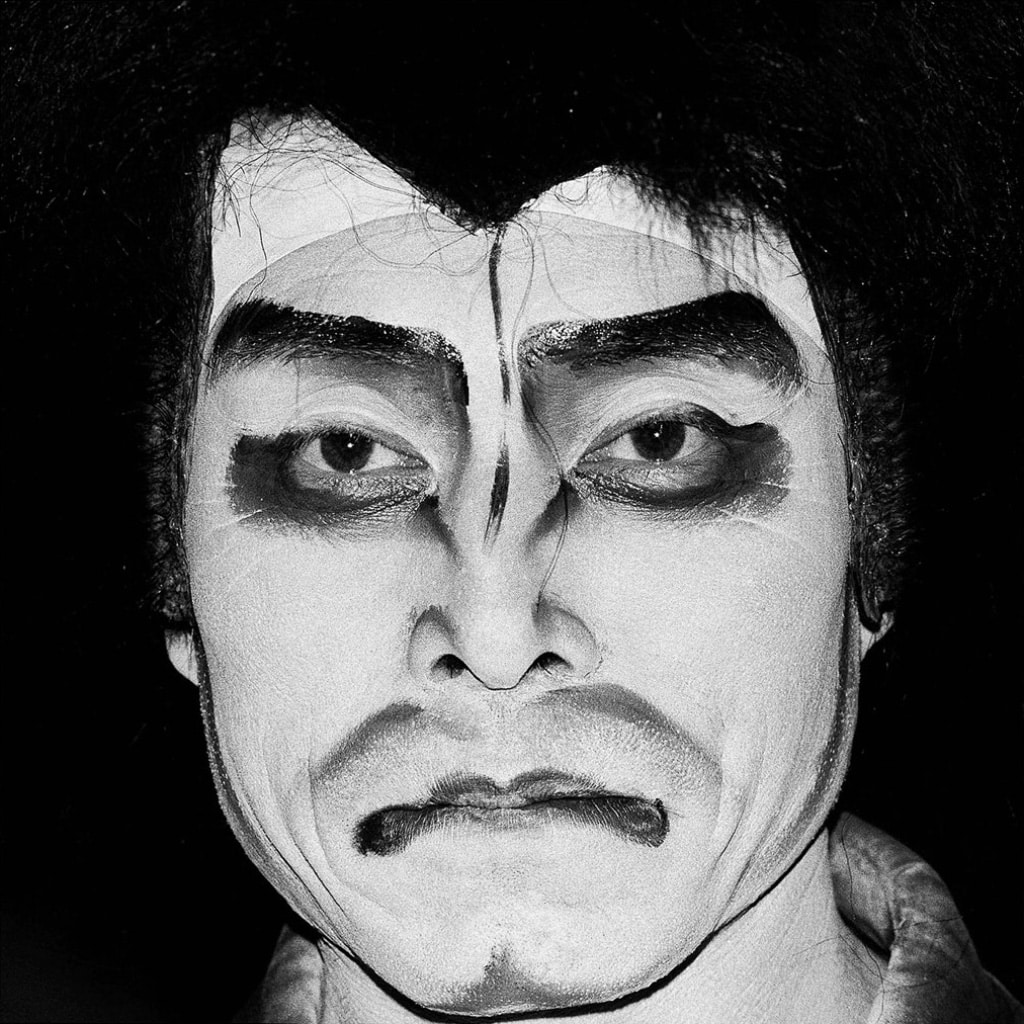
© SUDA ISSEI Works
Teppo-matsuri, Ogano Chichibu Saitama, 1976, Gelatin-silver print on baryta paper
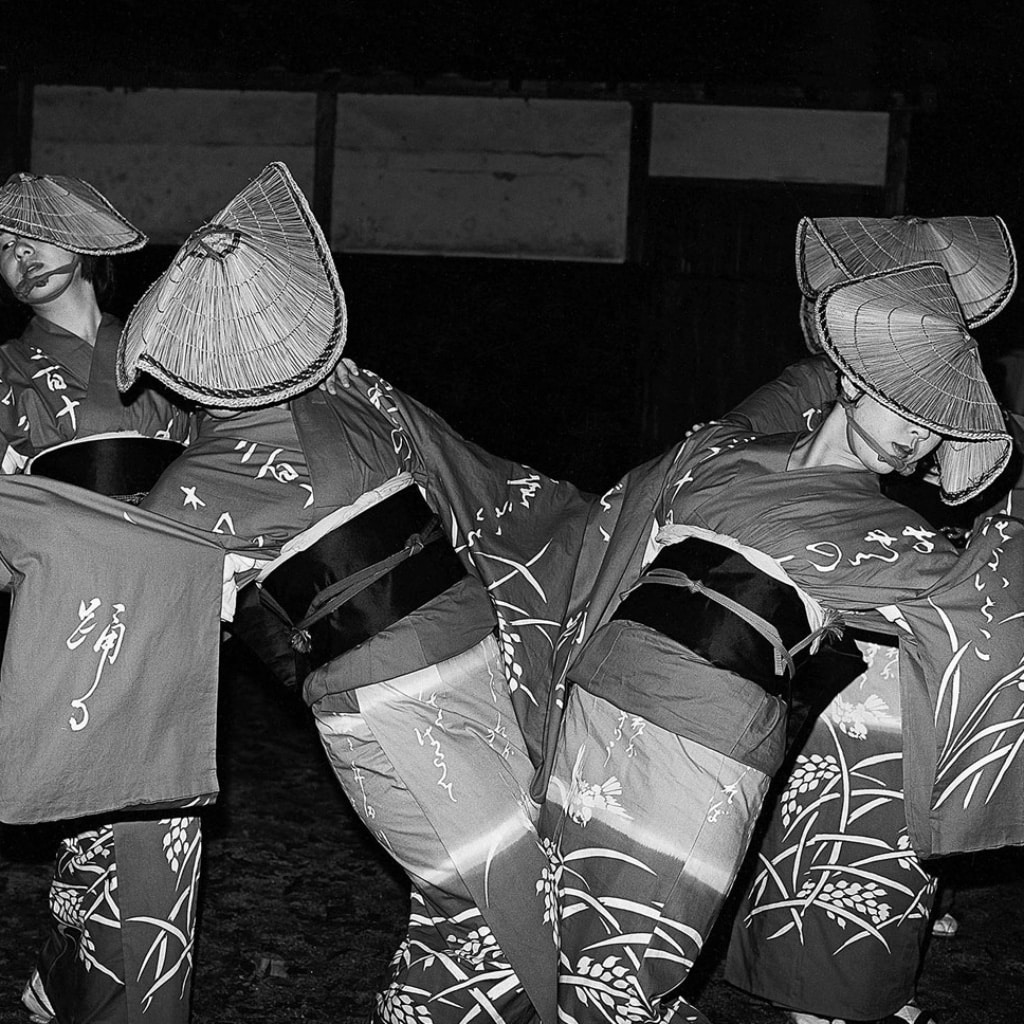
© SUDA ISSEI Works
Kaze no Bon, Yatsuo Toyama, 1976, Gelatin-silver print on baryta paper
Public program
Guided tour
by the curators
Saturday 8.03.2025
17:00
+33 (0)4 22 21 52 12
Koï Nobori creative workshop
Create a “Koï Nobori,”
the carp-shaped kite often
seen floating in the spring
on balconies, above rivers,
and in schools in Japan
to celebrate Children’s Day.
Saturday 12.04
9:00 → 13:00
From age 8 +
25€ (including materials)
Places are limited.
Inscription only.
Le paysage photographique japonais de l’après-guerre with Marc Feustel, author, publisher and independent curator.
To better situate the work of the lone wolf that was Issei Suda, one of the most dynamic and turbulent periods in modern Japanese history (1950-1970) will be presented, placing the printed object at the heart of photographic production at the time.
Saturday 3.05 at 18:00
Free admission (in French).
La nuit européenne des musées
Carte blanche for Keïko Courdy, French multimedia artist and director.
Saturday 07.05 from 18:00 to 23:00
Discover the program on our website and social networks.
Conference
Notes indisciplinées sur la photographie et le manga with Laurent Bruel, Editorial Director, Éditions Matière.
Laurent Bruel will share a few images, a few words and a few hypotheses as milestones and avenues for a study to be undertaken on the relationship between photography and comics (manga) in Japan from the 1960s to the present day.
Saturday 31.05 at 18:30
Free admission (in French).
Storytelling tours
A story for children, conceived and told by our mediator, guides you through the world the artist’s world.
Taro et la carpe maléfique
Sundays
9.03
6.04
4.05
June 1, 2025
16:00 → 16:30
From age 4 (in French).
Free admission on the 1st Sunday of the month.
Fushikaden

Issei Suda
To mark this exhibition, Akio Nagasawa Gallery
and GwinZegal have partnered to reissue the iconic
photobook
Fushikaden
ISBN : 979-10-94060-47-6
Publishing: 2024
Akio Nagasawa Publishing
and GwinZegal
Trilingual: French/English/Japanese
Dimensions: 22 × 21 cm
Soft cover
152 pages
35 €
On sale at the Mougins Center of Photography store.
Hors les murs
La Citadelle, Villefranche-sur-Mer
Caimi & Piccinni : Le Cœur caché
01.03 – 27.04.2025
Opening 28.02 – 18:00
Curators: Yasmine Chemali, Camille Frasca
With the support of DRAC-PACA.
Beneath the luxurious glamour of the Riviera lies a daily life that needs to be rediscovered and revealed. A fresh look is required. The meeting of the many facets of the same territory gives rise to a singular energy, inspiring photographers to capture it. What emerges is a narrative that brings the contrasts and harmonies of this place to light, far from the expected stereotypes. Seeking to capture the essence of a place, to reveal its most striking aspects as well as those who lie hidden within it, Jean-Marc Caimi and Valentina Piccinni rely on a deep connection with the territory and its inhabitants.
Espace de l’Art Concret, Mouans-Sartoux
Mustapha Azeroual : Sillage
8.03 – 31.08.2025
Opening 8.03 – 11:00
Curators: Yasmine Chemali, François Cheval and Fabienne Grasser-Fulchéri
With the support of DRAC-PACA.
The eac. in partnership with the Mougins Center of Photography presents an exhibition highlighting the experimental aspect of the photographic medium. Hosted by the Center of Photography as part of a residency program for research and experimentation, Mustapha Azeroual’s work is based on observation and experimentation, confronting the historical techniques of shooting and printing with the contemporary challenges of photography. By questioning the tools, processes and media used, the artist focuses above all on the audience’s point of view.
Expositions passées
- Date



